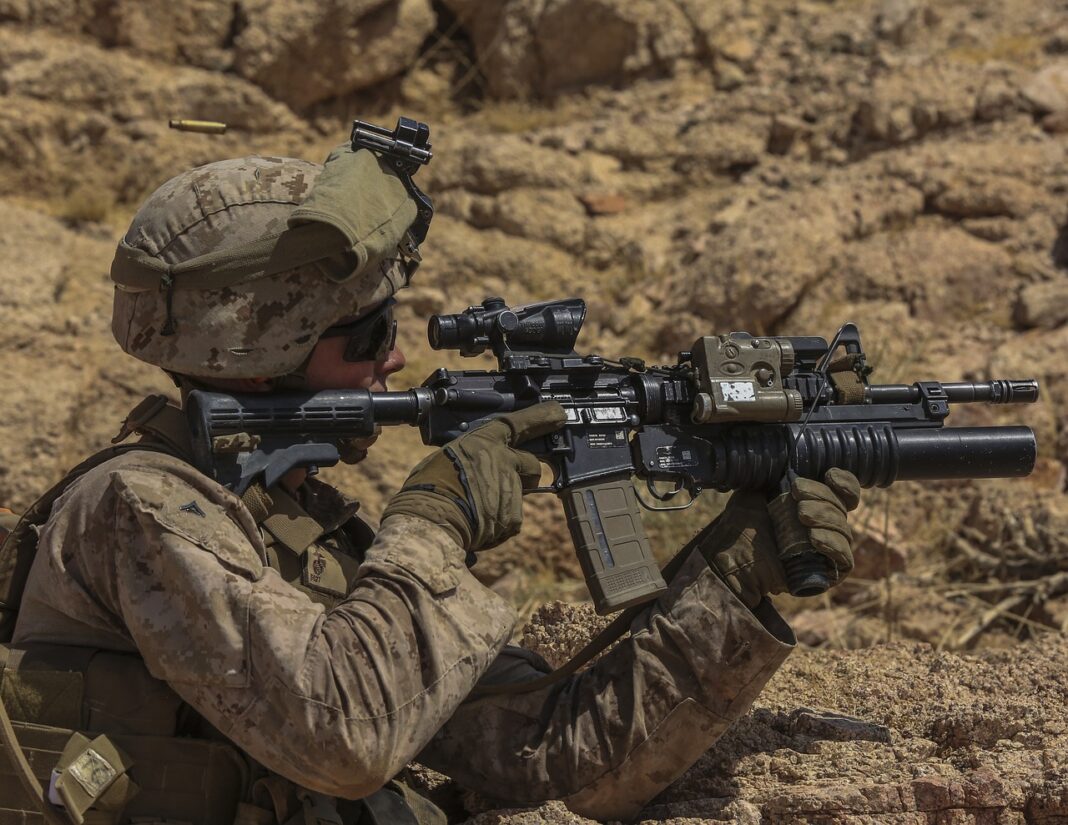Author: Robert Břešťan, HlídacíPes.org
OPINION. How does a tank start up in minus 50-degree temperatures somewhere in the Finnish taiga? Honestly, we don’t know, but it’s probably a different process than firing up a machine in the Italian army’s arsenal under a blazing Sicilian sun at plus 50 degrees. NATO’s European armies are, in many ways, a diverse bunch—sometimes too diverse. To the detriment of the common cause, to the detriment of collective defense, the importance of which is growing amid threats not just from Russia but beyond.
Listening to defense experts share their experiences, opinions, and insights over the past few years is a fast track to long-term pensiveness—whether they’re describing the current state of affairs or peering into the near future.
Take this, for example: “The situation is the worst since World War II. We’re in a polycrisis. It’s not just about Russia but an attack on the liberal democratic order and the deliberate weakening of democratic institutions,” said Jiří Šedivý, Executive Director of the European Defence Agency.
Europe Is Nearly Defenseless
He’s not fearmongering—he’s warning. And much like the rest of Europe, much like the newly elected U.S. President Donald Trump, he’s calling for rearmament—or at least a serious boost in defense spending. The long-standing NATO target of 2% of GDP is no longer a goal to stumble toward; it’s now the bare minimum.
This isn’t what those living in the delusion that peace comes from throwing in the towel want to hear. Instead, it’s a confirmation of the Latin adage, “Si vis pacem, para bellum”—if you want peace, prepare for war. The primary purpose of arming and strengthening NATO forces isn’t provocation or a lust for conflict (at least through the lens of democratic regimes) but deterrence—keeping adversaries in check.
Having the money for defense and security is one thing; having something to buy with it is another. And then there’s a third challenge: procuring wisely and in coordination. Ideally, it should be simple enough that a Czech soldier and a Spanish one could swap ammo for their weapons without a hitch.
Yet compatibility remains a practical problem, experts say. Even the 155mm artillery shells—so desperately needed and widely used in Ukraine—come with inconsistent specifications across NATO armies.
“We need to ensure what we procure is standardized and interoperable, but it’s a long haul. We can talk to each other, we hold joint exercises, and on a human level, it works. But swapping ammo or spare parts? That’s where it gets dicey,” confirms Radim Samek, deputy director of the defense policy section at the Czech Ministry of Defense.
Moreover, while defense remains firmly a national prerogative, there’s a clear need for EU-wide collaboration on air and missile defense—proven critical in the Ukraine war but, as Šedivý puts it, an area where “Europe is nearly naked.” He also highlights strategic logistics, intelligence gathering and analysis, cybersecurity, and unmanned systems as vital priorities.
Even as War Rages Nearby
The European defense industry, however, is struggling to keep up. Take Poland, for instance. With no illusions about Russia—thanks to historical experience—it leads Europe in military modernization and defense spending. Rather than wait for a massive order of, say, German Leopard tanks, Poland opted to buy a thousand tanks (and hundreds of howitzers) from South Korea.
Europe also faces shortages of key raw materials like nitrocellulose and even seemingly mundane steel.
Another hurdle? Other sectors of the economy still don’t fully grasp the geopolitical reality. In the banking world—despite public support from institutions like the European Investment Bank—the defense industry remains toxic, viewed on par with the adult entertainment industry. Shareholders, it seems, don’t want to fund “ugly things that can kill.”
“Even with a war raging, we hear stories of banks refusing to open accounts for money transfers between member states and Ukraine. It’s absurd and illogical. Things have improved, but given what’s happening, it’s still inadequate,” Šedivý says of the banking sector.
The war is right on our doorstep—just a stone’s throw beyond Slovakia—but many EU countries cling to the belief that it doesn’t really concern us, that peace since the Cold War’s end should be eternal. Accepting that it isn’t requires a willingness to face this reality head-on.
Yet political pandering to peaceniks—a trend visible across Europe—runs in the opposite direction, stalling or even stifling the urgency needed to act. Guess who’s happiest about that?

